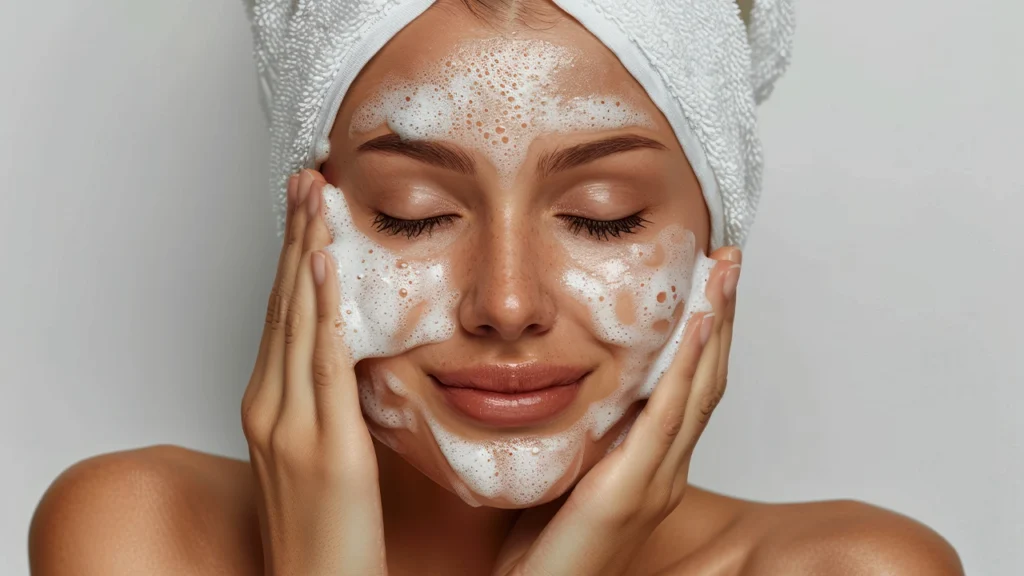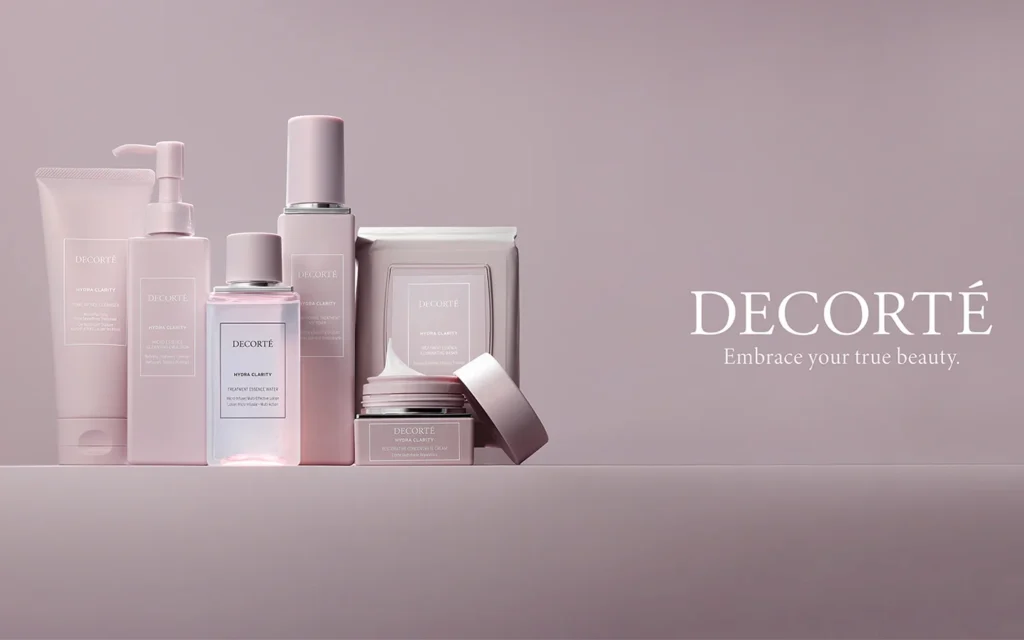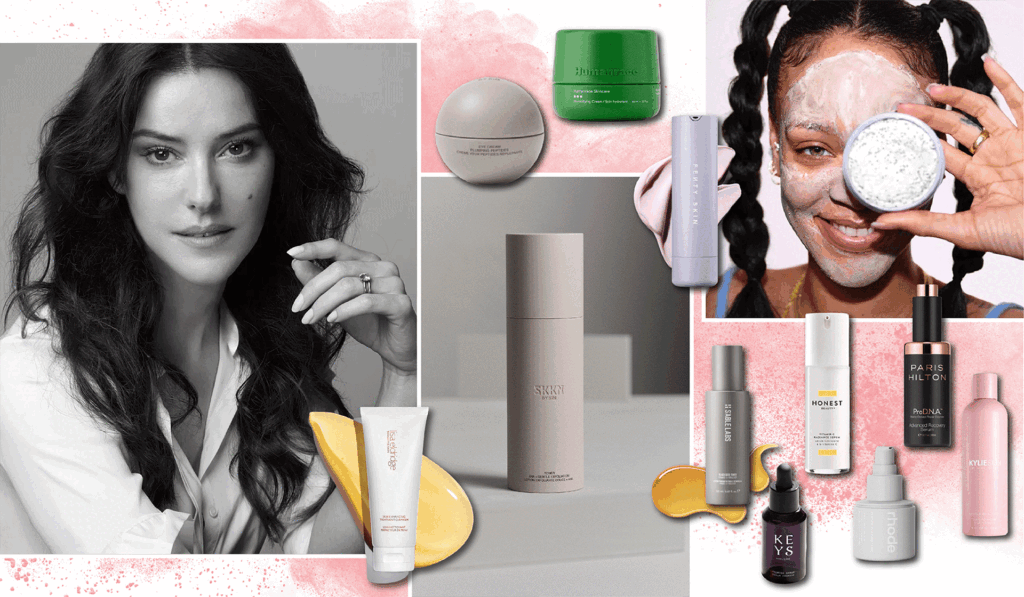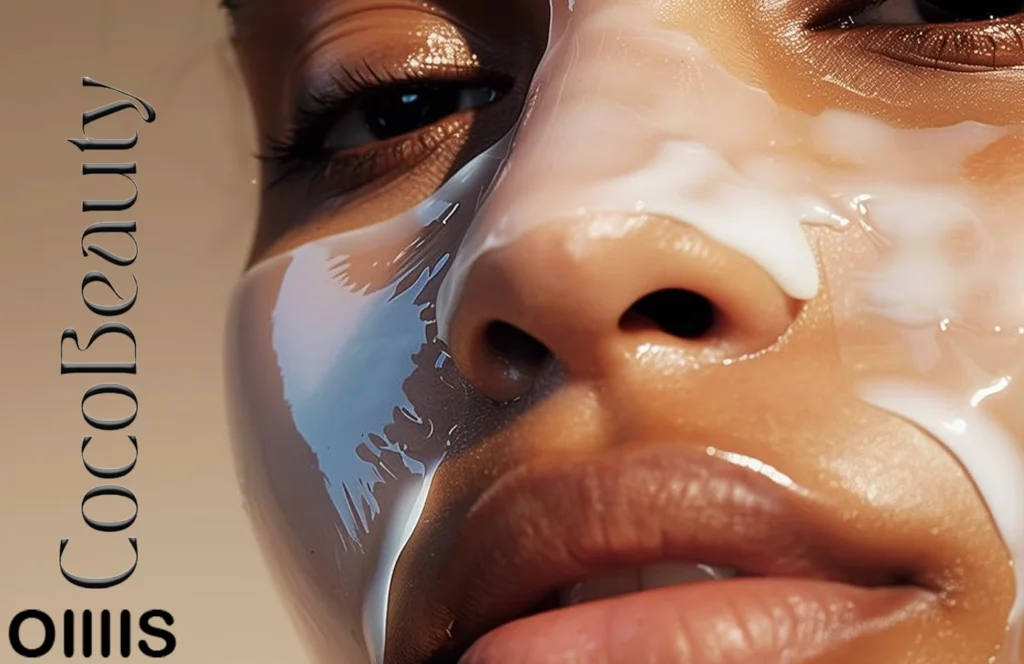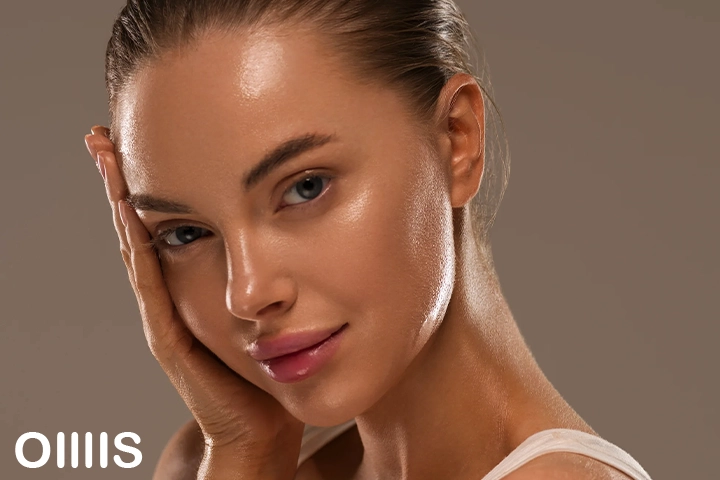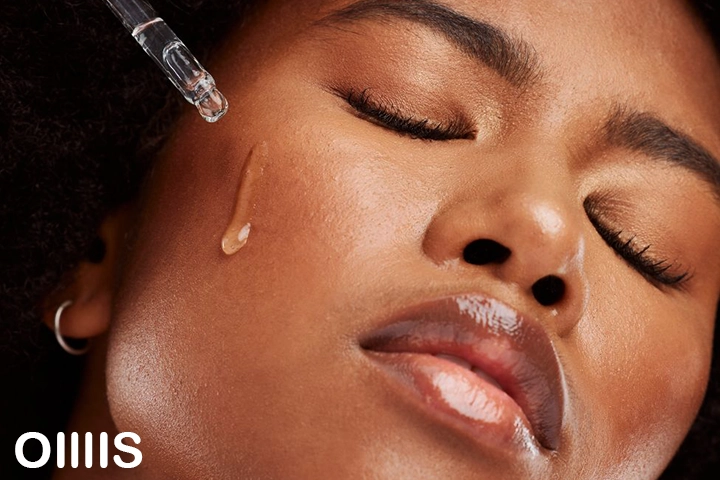OI-Blog
Do Pimple Patches Really Work? Dermatologists Break It Down
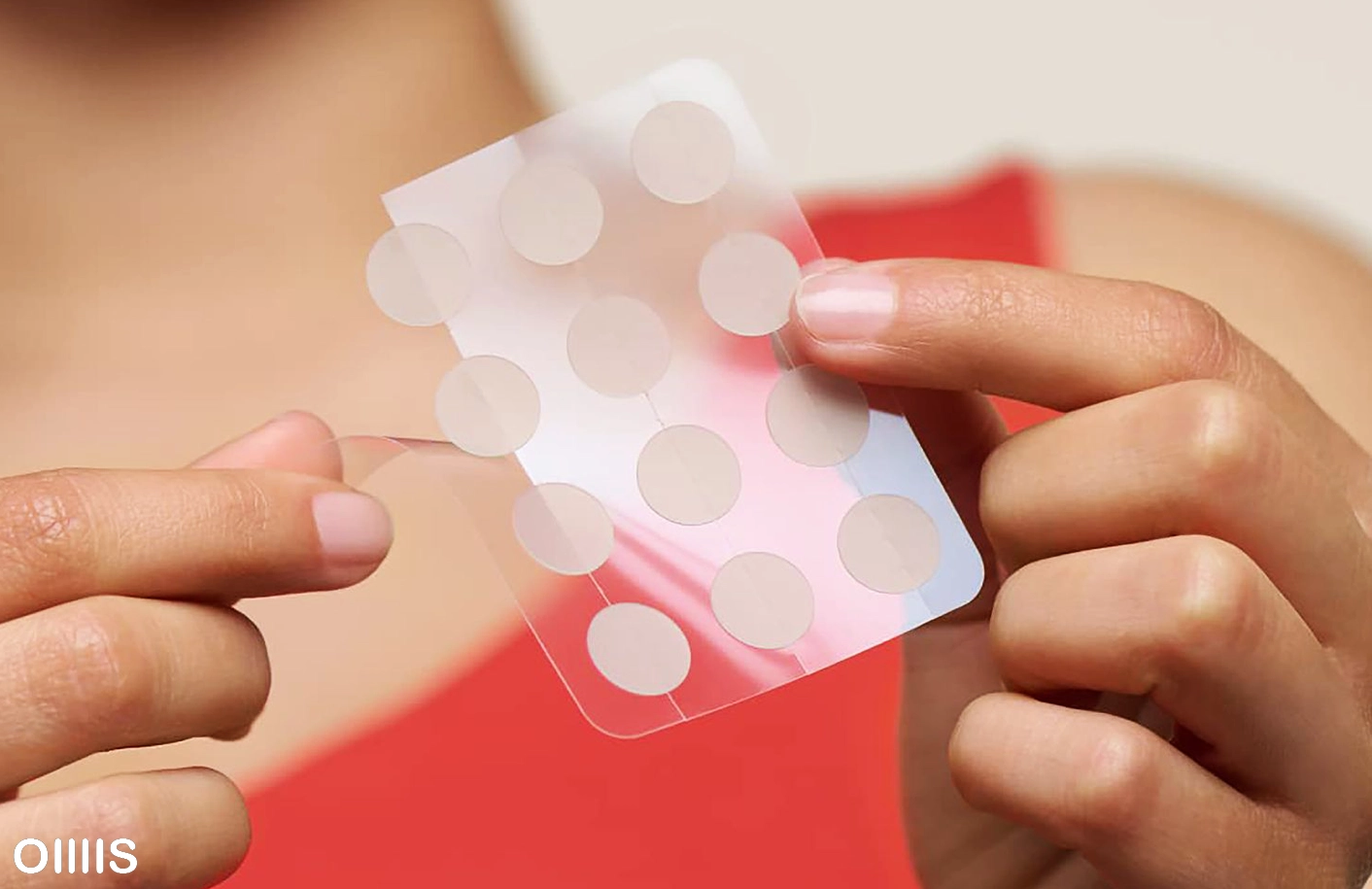
Acne can be frustrating, especially when a breakout shows up right before an important event. In recent years, pimple patches—tiny stickers designed to cover blemishes—have exploded in popularity on TikTok, Instagram, and across beauty blogs. These little hydrocolloid patches promise to flatten pimples, speed up healing, and stop you from touching your face. But do they really live up to the hype? Let’s dive into what dermatologists say and how to use them effectively.
What Are Pimple Patches?
Pimple patches, also known as hydrocolloid patches, were first created to help wounds heal faster. In skincare, they are applied directly to blemishes to absorb excess fluid, reduce swelling, and shield the area from bacteria.
Here’s how they work:
- Barrier protection – Prevents dirt, dust, and bacteria from entering the blemish while stopping you from picking or squeezing.
- Fluid absorption – Pulls out pus, oil, and impurities trapped inside the pimple.
- Healing environment – Keeps the skin hydrated, which promotes faster recovery and reduces the risk of scarring.
After a few hours (or overnight), the patch often turns cloudy, showing it has absorbed fluids. The pimple usually appears flatter and less inflamed when the patch is removed.
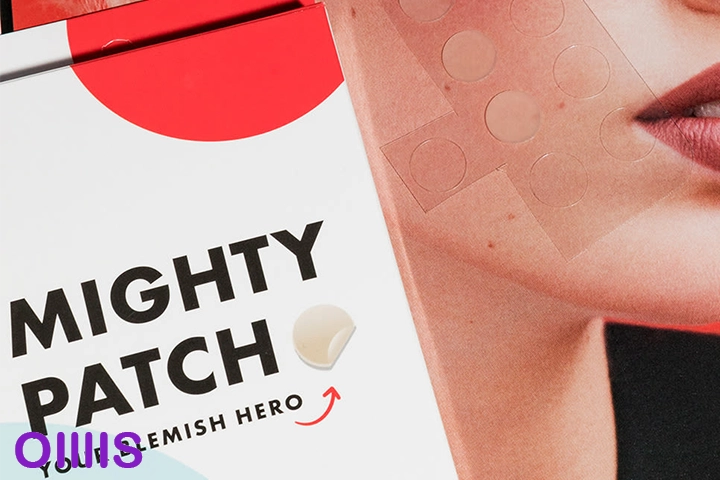
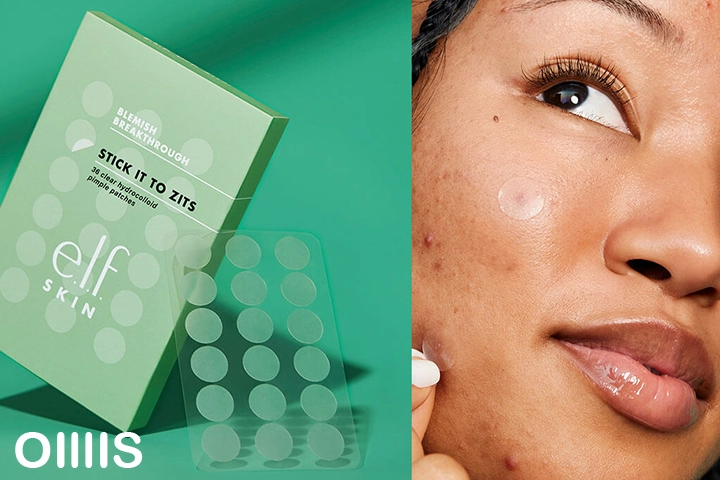
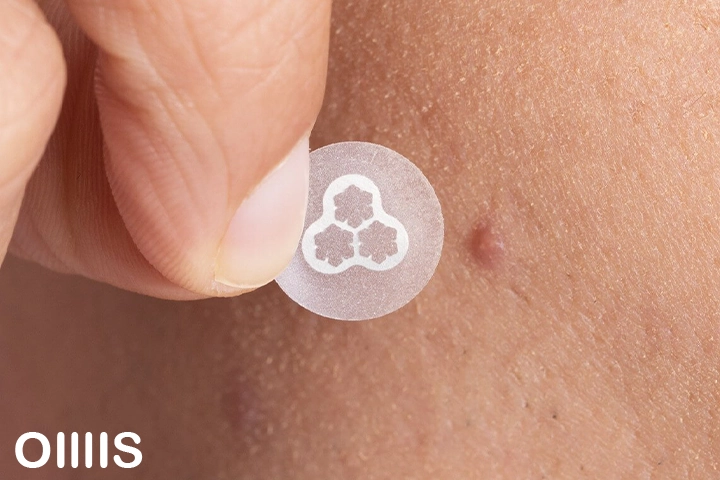
Benefits of Pimple Patches
✔ Prevent infection – By keeping bacteria away, they stop pimples from getting worse.
✔ Reduce inflammation – Hydrocolloid material helps calm redness and swelling.
✔ Speed up healing – Moisture balance encourages skin repair.
✔ Stop bad habits – A physical barrier keeps your hands off, preventing picking and scarring.
✔ Discreet and easy to use – Many patches are transparent, so you can wear them throughout the day.
Note: They work best on surface-level pimples, not deep cystic acne.
The Do’s of Using Pimple Patches
To get the most out of acne patches, dermatologists recommend these best practices:
✅ Wash and dry your skin first
Always cleanse your face thoroughly and ensure it’s completely dry before applying. Oil and moisture can prevent the patch from sticking properly.
✅ Choose non-comedogenic moisturizers
Hydration is essential even if you have oily skin. Use lightweight, oil-free moisturizers that won’t clog pores.
✅ Apply patches as the final step
Don’t layer them on top of serums or creams. For maximum effectiveness, stick patches directly onto clean, dry skin before applying other skincare products.
✅ Support skin health through diet
Eat plenty of antioxidant-rich foods like spinach, carrots, broccoli, and sweet potatoes to protect your skin from free radical damage. Probiotic-rich foods such as yogurt, kefir, and sauerkraut can also support gut health, which is closely linked to acne control.
✅ Protect your skin with sunscreen
Sun exposure can make acne worse and cause post-inflammatory dark spots. Use a broad-spectrum sunscreen daily to protect your skin barrier.
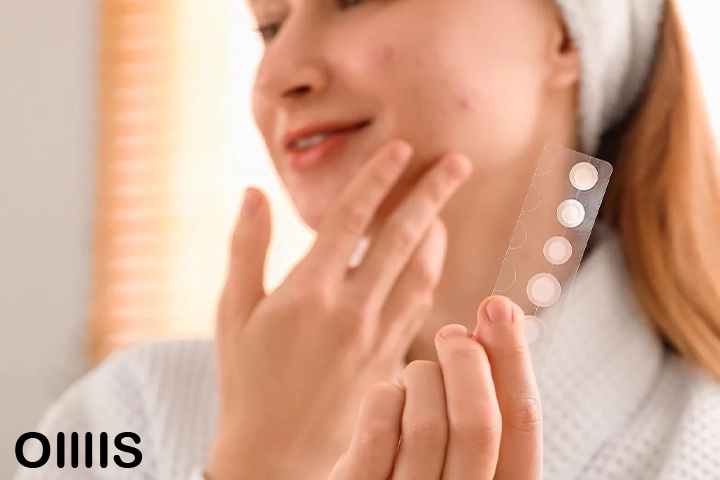
The Don’ts of Using Pimple Patches
Just as important as what to do, here are the mistakes to avoid:
🚫 Don’t use dirty hands
Always wash your hands before applying or removing a patch. Oils and bacteria can transfer from your fingers to your skin, reducing effectiveness.
🚫 Don’t pick or pop pimples
Squeezing pimples only pushes bacteria deeper, causes irritation, and increases the risk of scarring. Let the patch do its job instead.
🚫 Don’t sleep with makeup on
Leaving makeup overnight clogs pores, leading to more breakouts. Always cleanse thoroughly before bed.
🚫 Don’t forget about haircare products
Heavy oils, gels, and styling products can transfer to your face and trigger acne. If you’re acne-prone, use lightweight, non-comedogenic haircare products and wash your hair regularly.
Final Thoughts from Oillis
So, do pimple patches really work? Yes—but with limits. For whiteheads and surface-level pimples, they’re an excellent tool for faster healing, reducing inflammation, and stopping bad habits like picking. However, they won’t treat deeper cystic acne or address the root causes of breakouts.
At Oillis, we believe skincare should be simple, effective, and backed by expert insights. Pimple patches can be a smart addition to your routine, but they work best when combined with healthy habits, a balanced diet, and a consistent skincare regimen.

